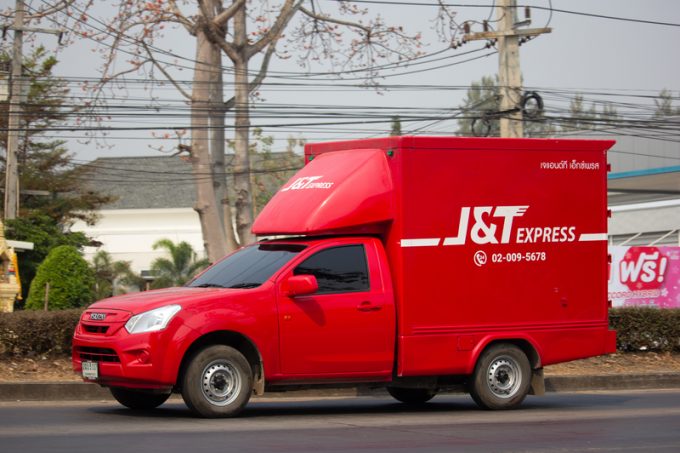Spring launch for Brittany Ferries new rail freight 'motorway'
The launch of Brittany Ferries’ long-awaited rail freight ‘motorway’ service for unaccompanied trailers, running between ...

Ocean freight is set to play a bigger role in south-east Asia’s booming cross-border e-commerce market.
According to regional e-commerce logistics specialist J&T Express, the Covid-crisis has accelerated online spending across the region, with the market on track to reach $153bn in sales by 2025.
This was the prediction before the pandemic hit and, furthermore, with the range of goods bought online widening, J&T predicts more volumes shifting to sea freight.
Andrew Sim, CEO of J&T Express Singapore, explained: “The move will largely ...
Maersk u-turn as port congestion increases across Northern Europe
Apple logistics chief Gal Dayan quits to join forwarding group
Maersk Air Cargo sees volumes fall as it aims for 'margin in favour of revenue'
Houthis tell Trump they will end attacks on Red Sea shipping
Transpac rates hold firm as capacity is diverted to Asia-Europe lanes
Airlines slash freighter capacity post-de minimis, but 'the worst is yet to come'
MSC revamps east-west network as alliance strategies on blanking vary
India-Pakistan 'tit-for-tat' cargo ban sparks sudden supply chain shocks

Comment on this article